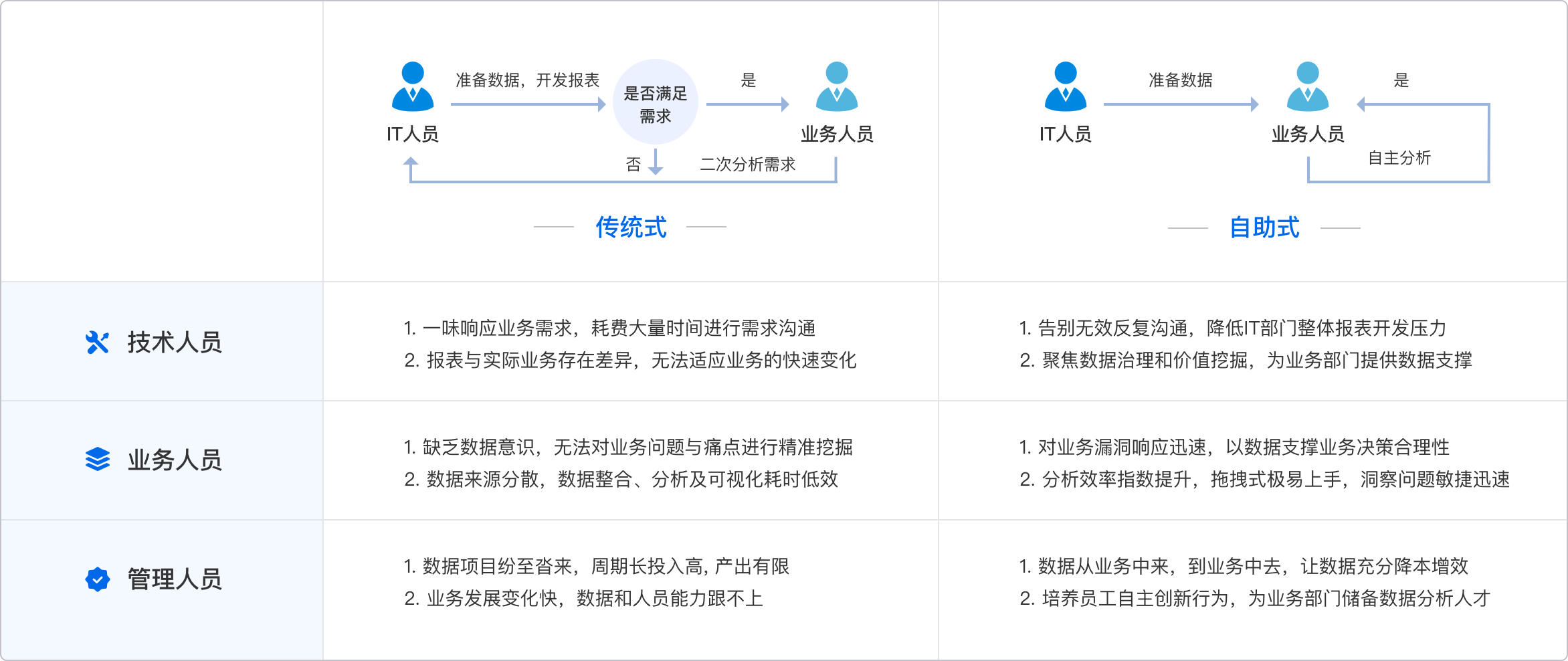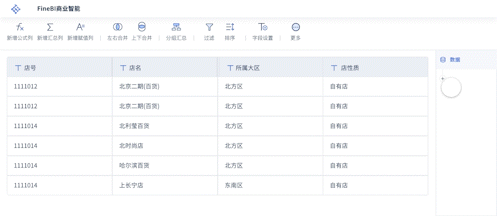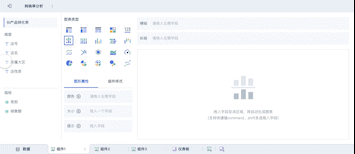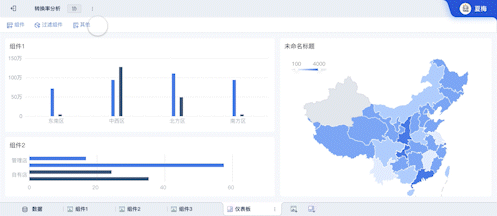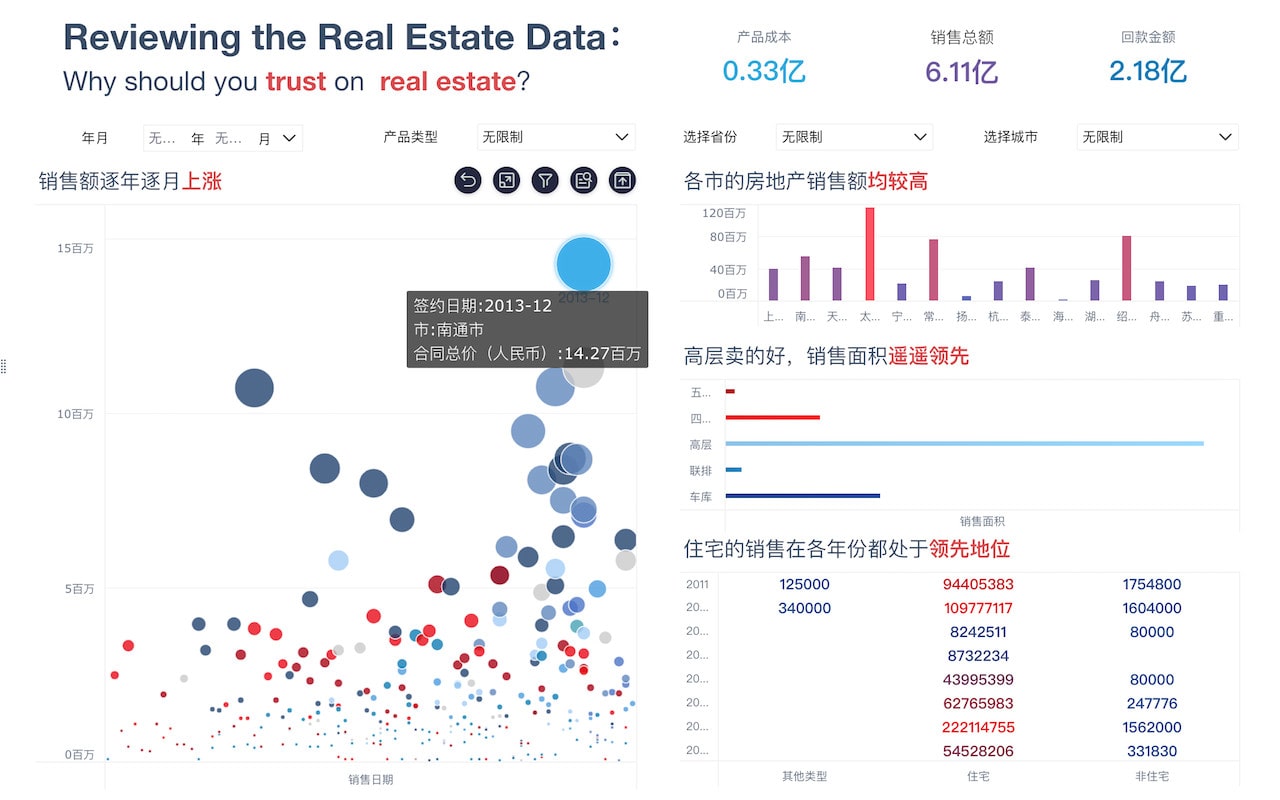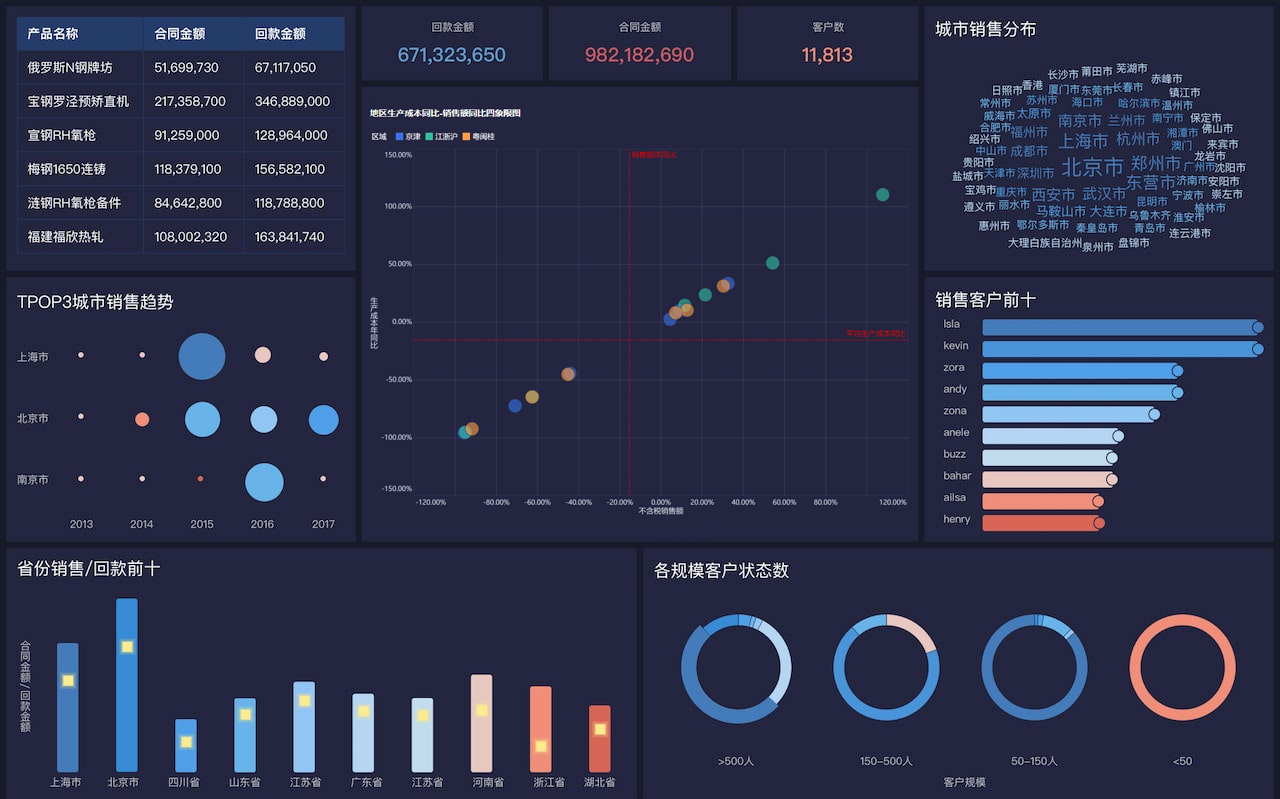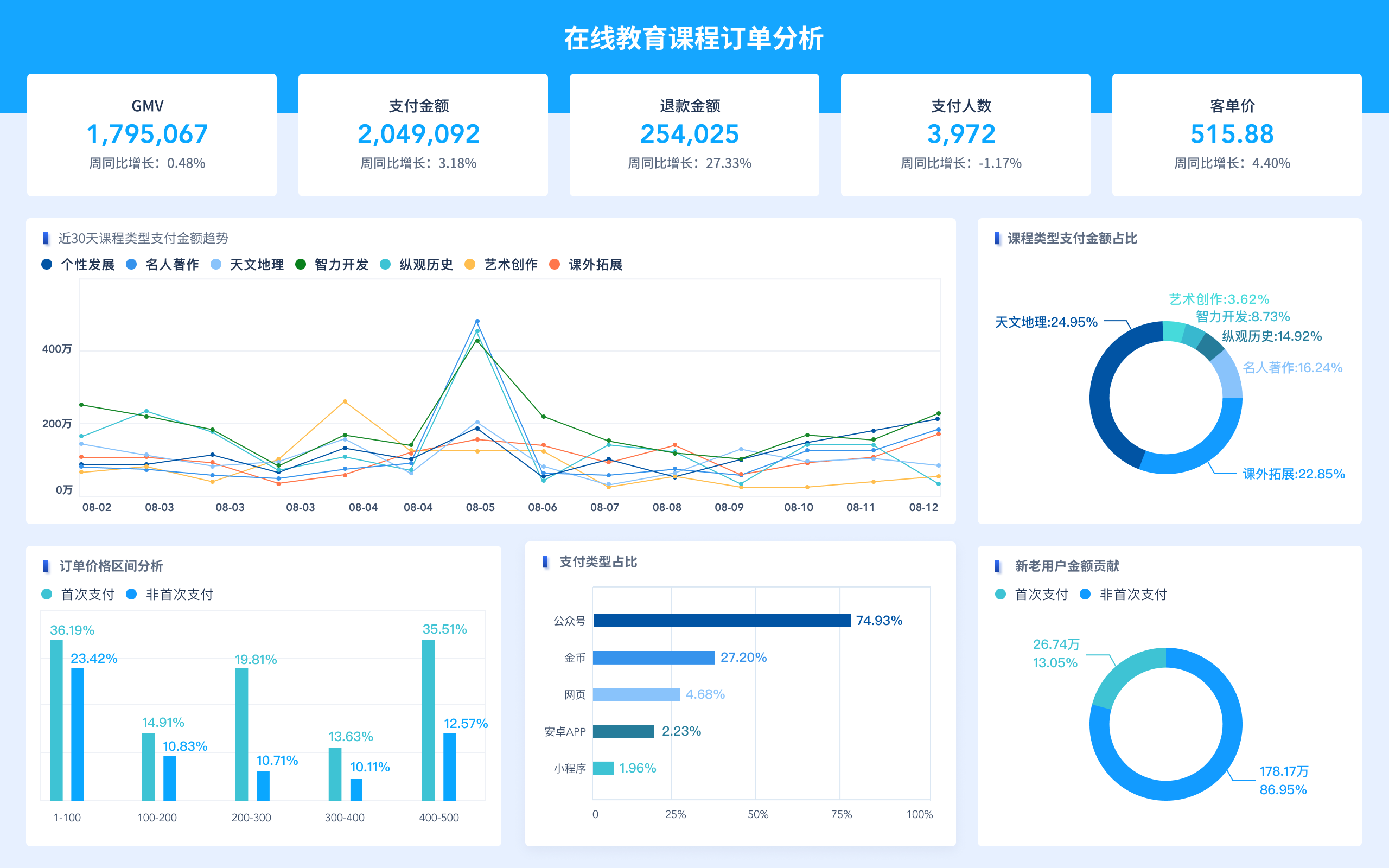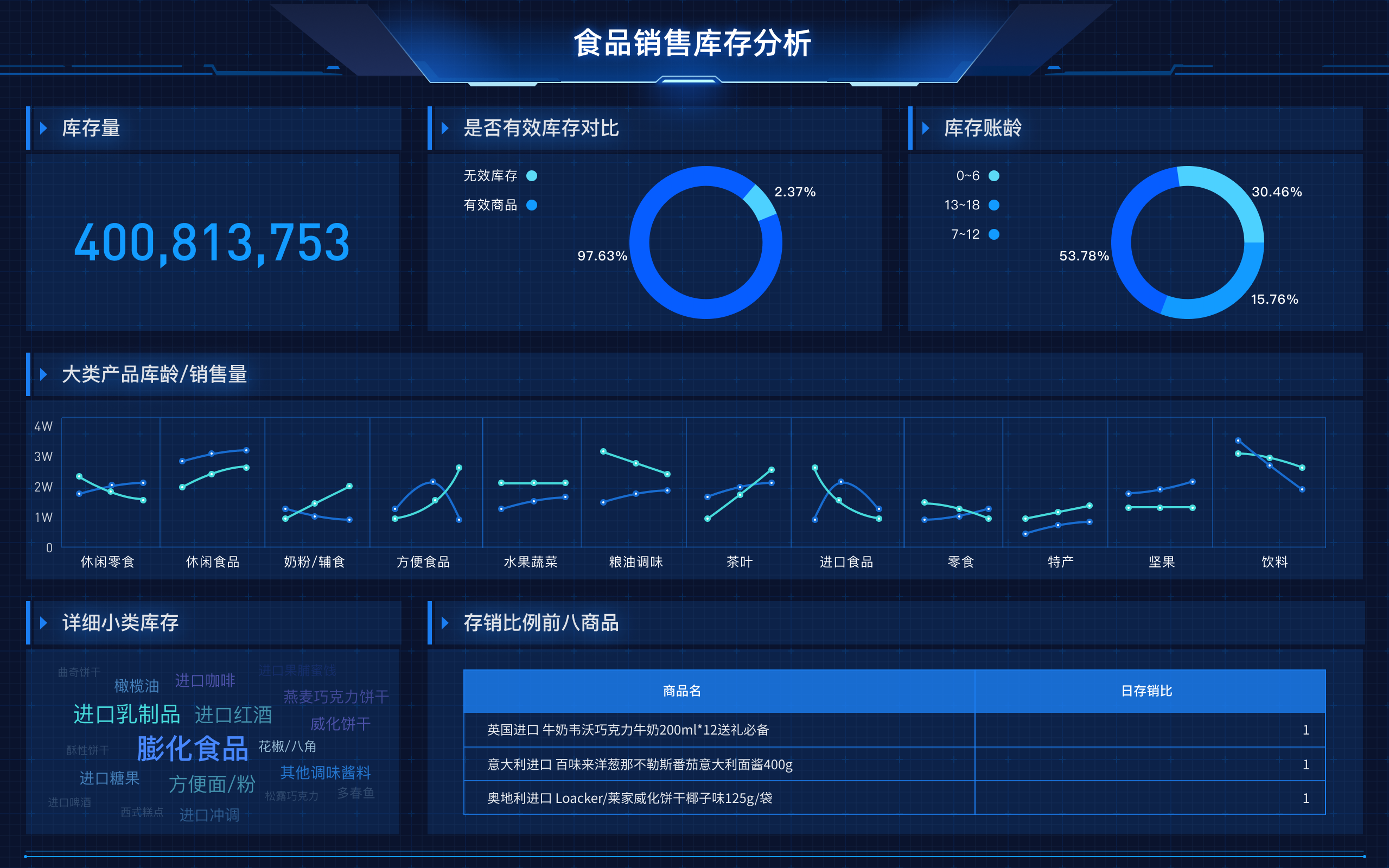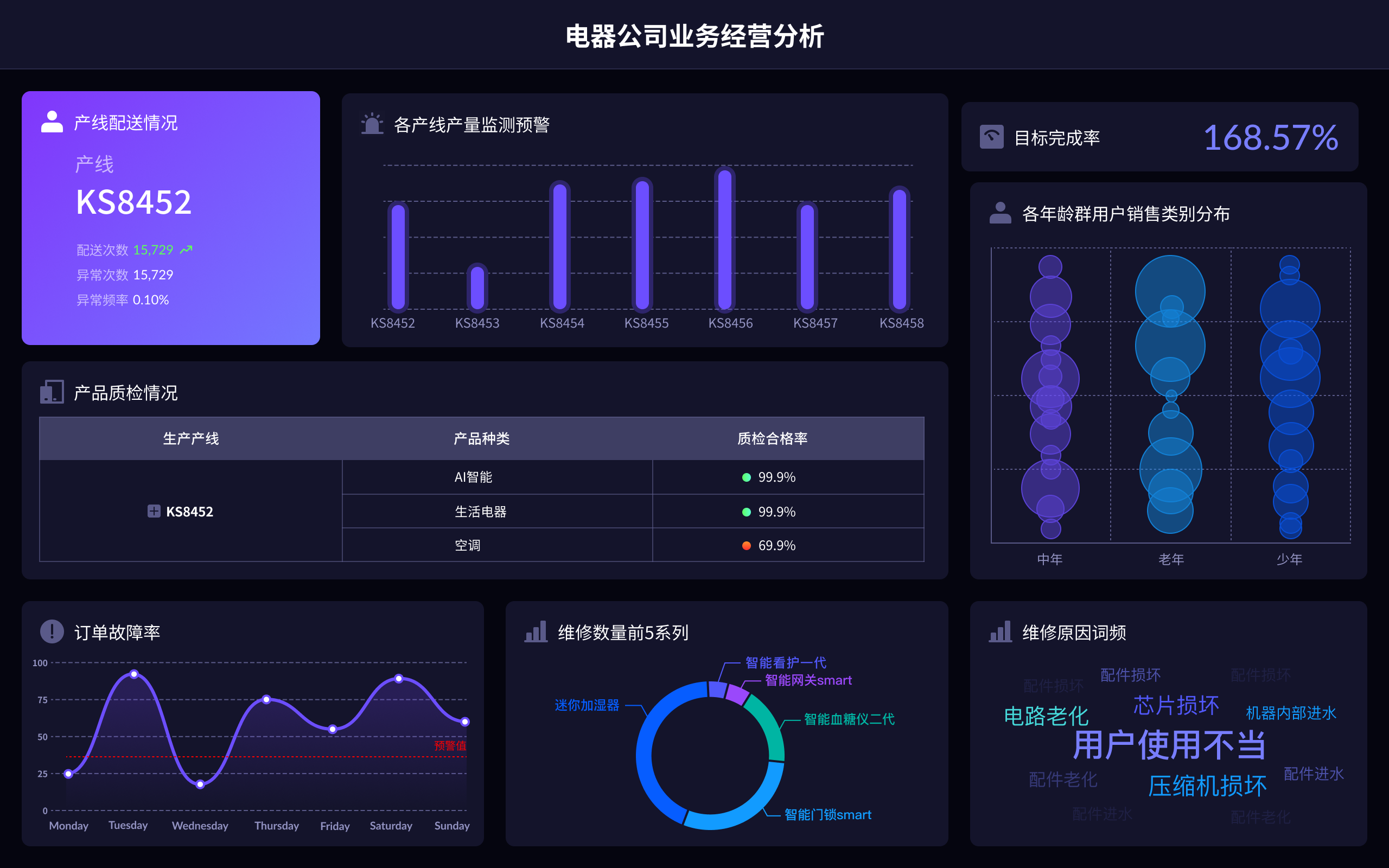
集成表抄读数据的方法包括:API接口调用、数据库连接、Excel导入导出、使用FineDatalink。API接口调用是其中较为高效和灵活的方法之一。API接口调用可以实现实时数据获取,便于自动化和系统集成,通过RESTful或者SOAP协议,可以与各种不同系统进行无缝对接,且支持大数据量传输。为了使用API接口调用,需要开发人员编写程序来请求API,并处理返回的数据,将其集成到需要的表中。除此之外,还需要确保API的安全性,通常需要使用OAuth或API密钥进行身份验证。
一、API接口调用
API接口调用是一种常见的数据集成方式,通过编程方式请求API端点获取数据。API接口可以是RESTful或SOAP协议,通过HTTP请求来获取所需数据。RESTful API通常使用JSON格式返回数据,而SOAP则使用XML格式。开发人员可以选择使用多种编程语言如Python、Java、C#等来编写API请求程序。实现API调用的步骤包括:获取API文档、申请API密钥、编写请求代码、解析返回数据。通过这种方法,可以实现实时数据获取和更新,适用于需要频繁数据同步的场景。
二、数据库连接
通过直接连接数据库进行数据集成是一种非常直接且高效的方法。首先,需要确认目标数据库的类型和版本,并确保具备相应的访问权限。常见的数据库类型包括MySQL、PostgreSQL、Oracle、SQL Server等。通过JDBC(Java Database Connectivity)或ODBC(Open Database Connectivity)驱动程序,可以在不同编程语言中实现与数据库的连接。开发人员需要编写SQL查询语句来提取需要的数据,并将其导入到集成表中。数据库连接方式适用于大数据量、高并发的数据读取需求,但需要注意数据库的性能和安全性问题。
三、Excel导入导出
Excel导入导出是一种简单且直观的数据集成方式,适用于小规模的数据交换。用户可以通过Excel文件的导入导出功能,将数据从一个系统导入到另一个系统。Excel文件可以使用CSV、XLS、XLSX等格式。为了实现Excel导入导出,用户可以使用Office内置功能或者编写程序来处理Excel文件。在Python中,可以使用pandas库读取和写入Excel文件,而在Java中则可以使用Apache POI库。Excel导入导出方式操作简单,不需要编程基础,但在处理大数据量时效率较低。
四、使用FineDatalink
FineDatalink是一款由帆软公司开发的数据集成工具,专门用于解决数据集成和数据抄读问题。通过FineDatalink,可以实现多源数据的无缝集成,支持多种数据源类型如数据库、Excel、API等。FineDatalink提供了可视化的操作界面,用户无需编写代码即可完成复杂的数据集成任务。使用FineDatalink的步骤包括:配置数据源、设计数据流、定义数据转换规则、执行数据集成任务。FineDatalink具有高效、灵活、安全的特点,适用于企业级数据集成需求。更多信息可以访问FineDatalink官网: https://s.fanruan.com/agbhk
五、数据清洗与转换
在数据集成过程中,数据清洗与转换是一个必不可少的步骤。数据清洗包括去除重复数据、处理缺失值、规范数据格式等,确保数据的准确性和一致性。数据转换则包括数据类型转换、字段映射、数据聚合等,使数据符合目标系统的要求。数据清洗与转换可以通过编程实现,例如使用Python的pandas库、R语言的dplyr包,或者使用专门的数据集成工具如FineDatalink。数据清洗与转换是保证数据质量的关键环节,对数据分析和决策具有重要影响。
六、数据安全与隐私保护
在数据集成过程中,数据安全与隐私保护是必须关注的问题。首先,要确保数据传输的安全性,可以使用SSL/TLS加密协议来保护数据在传输过程中的安全。其次,要对数据进行访问控制,确保只有授权用户才能访问敏感数据。可以使用OAuth或API密钥进行身份验证。对于存储的数据,需要进行加密保护,可以使用AES、RSA等加密算法。此外,还要遵循相关的数据隐私保护法律法规,如GDPR、CCPA等,确保数据处理过程合法合规。
七、数据集成的挑战与解决方案
数据集成过程中会面临各种挑战,如数据格式不一致、数据源分散、数据量大等。为了应对这些挑战,可以采取以下解决方案:使用标准化的数据格式,如JSON、XML;采用分布式数据处理框架,如Hadoop、Spark;使用高效的数据传输协议,如gRPC、Kafka;选择专业的数据集成工具,如FineDatalink。通过合理的技术选型和工具选择,可以有效应对数据集成的挑战,提升数据集成效率和数据质量。
八、案例分析与实践经验
通过实际案例分析,可以更好地理解数据集成的实现方法和最佳实践。一个典型案例是某企业需要将多个业务系统的数据集成到数据仓库中,以便进行统一的数据分析和报表生成。该企业选择使用FineDatalink进行数据集成,通过配置多个数据源,并设计数据流和转换规则,实现了多源数据的无缝集成。在数据清洗与转换过程中,使用Python编写自定义脚本处理复杂的业务逻辑,确保数据的准确性和一致性。最终,该企业实现了数据的统一管理和分析,提高了数据利用率和决策效率。
通过本文的详细介绍,可以全面了解集成表抄读数据的方法和实践经验,从而选择最适合自己的数据集成方案,实现高效的数据管理和利用。
相关问答FAQs:
FAQs about Reading Data from an Integration Table
1. What is an integration table, and why is it important for data management?
An integration table is a specialized database table designed to facilitate the consolidation and synchronization of data from multiple sources. It acts as a central repository where data from various systems or applications is integrated into a unified format. This integration is crucial for organizations that rely on disparate data sources, as it ensures consistency and accuracy across different platforms. The integration table allows for streamlined reporting, analysis, and decision-making by providing a single, coherent view of the data.
2. What are the key steps involved in reading data from an integration table?
To effectively read data from an integration table, several critical steps must be followed:
-
Access the Integration Table: Ensure you have the necessary permissions and access rights to the database or system where the integration table resides. This typically involves using database management tools or querying platforms.
-
Identify the Relevant Columns and Data: Determine which columns and data fields are pertinent to your needs. Integration tables often include data from various sources, so it is essential to know what information you require.
-
Query the Table: Use SQL (Structured Query Language) or other querying methods to retrieve the data. This involves writing specific queries to extract the information you need, such as SELECT statements that filter and organize the data.
-
Analyze the Data: Once retrieved, the data may need to be processed or analyzed to gain insights. This might involve using analytical tools or performing calculations based on the retrieved data.
-
Ensure Data Accuracy: Verify that the data retrieved matches the expected values and conforms to the integration table’s schema. This step is crucial to avoid inaccuracies in reporting or analysis.
3. How can one ensure data quality and integrity when reading from an integration table?
Maintaining data quality and integrity is vital when working with integration tables. Here are some practices to ensure this:
-
Data Validation: Implement validation rules to check for consistency and correctness of the data. This includes verifying data types, ranges, and formats to prevent errors during retrieval.
-
Regular Updates and Maintenance: Keep the integration table updated with the latest data from source systems. Regular maintenance helps in managing data accuracy and relevance.
-
Use Data Quality Tools: Leverage specialized tools that can help monitor and improve data quality. These tools can detect anomalies, duplicate records, and other issues that might affect data integrity.
-
Documentation and Metadata Management: Maintain thorough documentation of the integration table’s structure, sources, and data transformation processes. Understanding the metadata helps in accurately interpreting the data and ensuring its integrity.
-
Auditing and Monitoring: Implement auditing mechanisms to track changes and access to the integration table. Monitoring usage and modifications can help in identifying and addressing potential issues promptly.
By adhering to these practices, you can effectively manage and utilize data from integration tables while ensuring high standards of quality and accuracy.
本文内容通过AI工具匹配关键字智能整合而成,仅供参考,帆软不对内容的真实、准确或完整作任何形式的承诺。具体产品功能请以帆软官方帮助文档为准,或联系您的对接销售进行咨询。如有其他问题,您可以通过联系blog@fanruan.com进行反馈,帆软收到您的反馈后将及时答复和处理。


